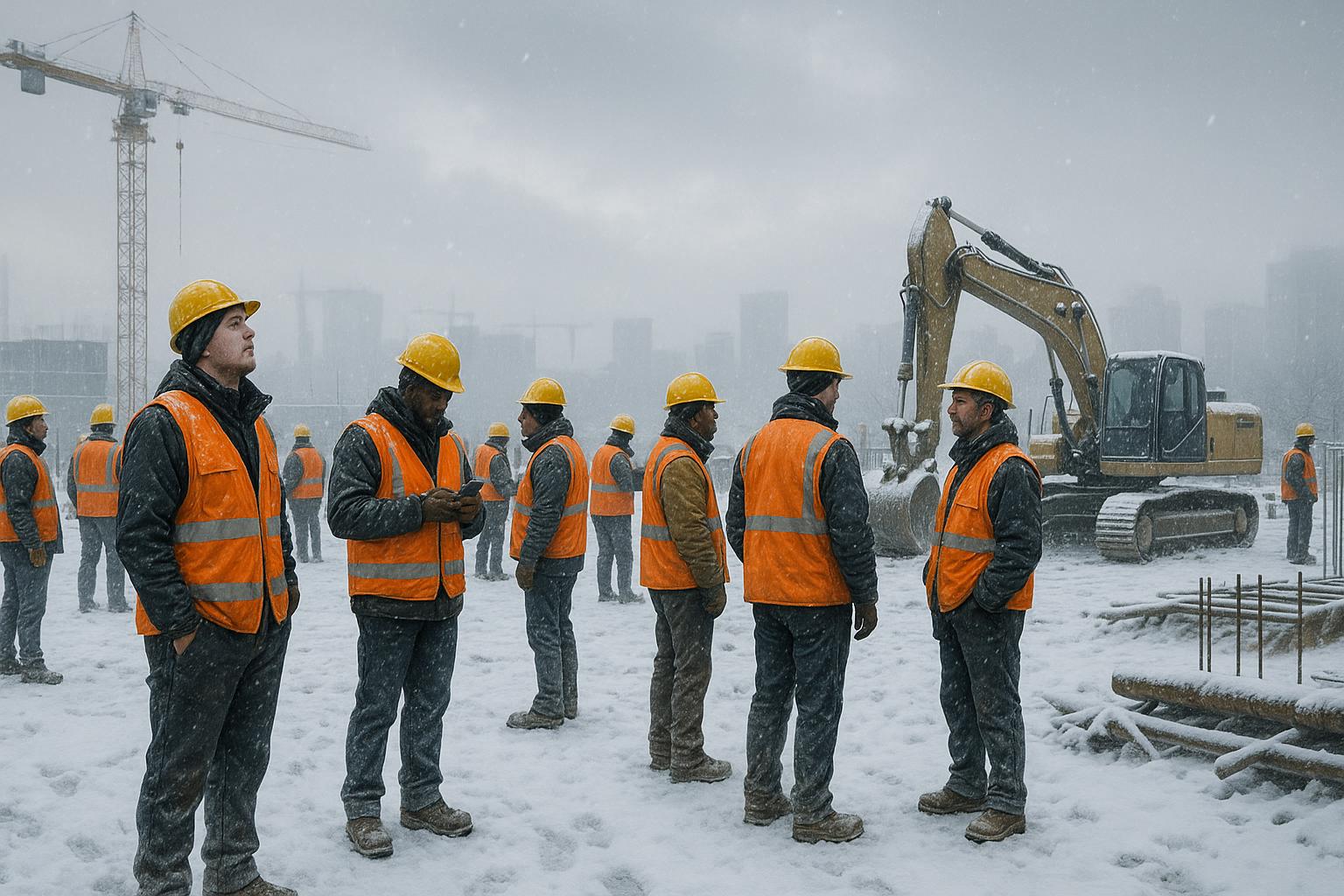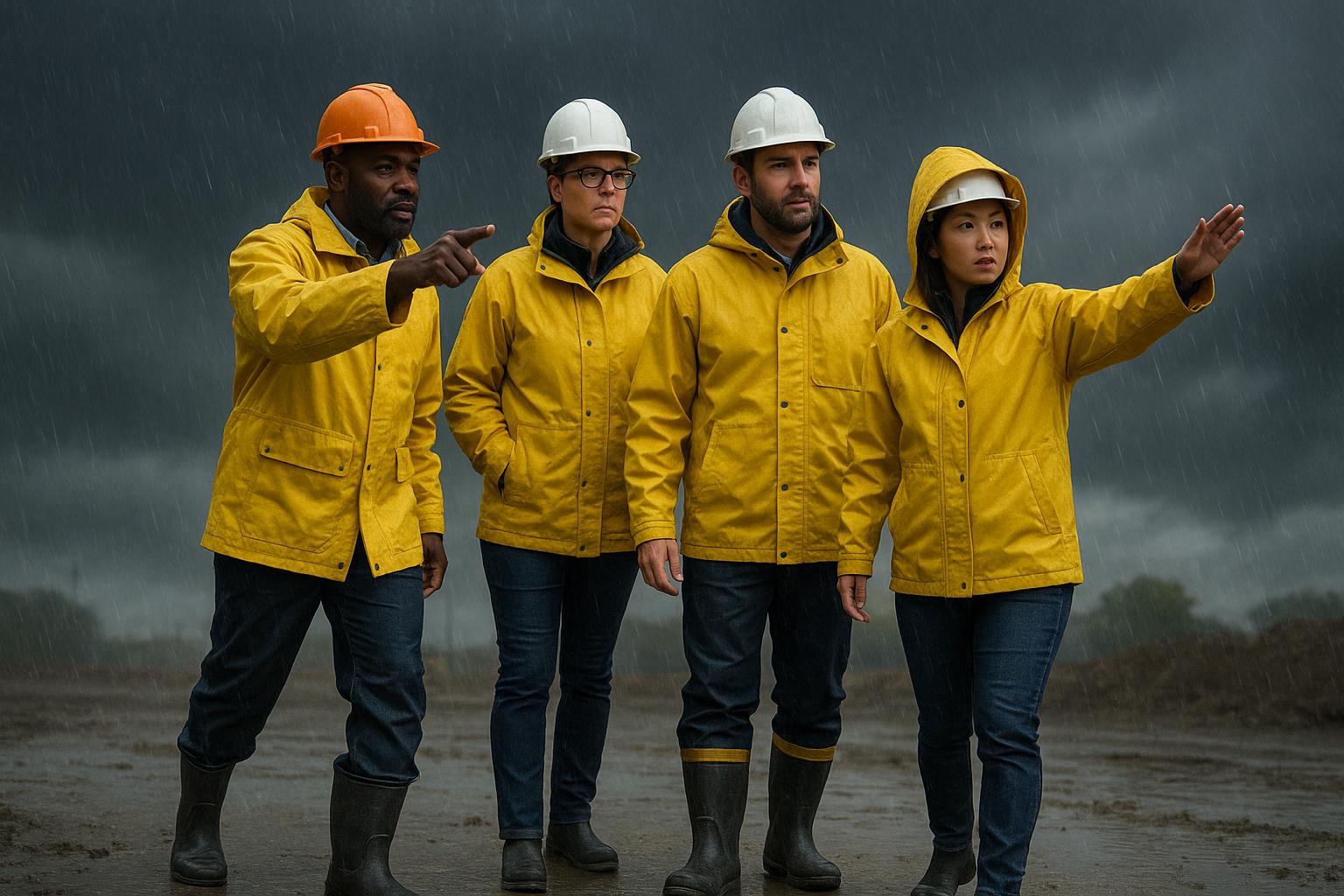In the realm of height safety, mitigating risks is paramount to protecting workers. Personal Fall Arrest Systems (PFAS) stand as critical defenders in this battle, offering vital protection for those working in elevated spaces. The key to their effectiveness lies in understanding their components and implementing them correctly, to avert serious injuries and fatalities.
Critical Components of a Personal Fall Arrest System
A PFAS is composed of three essential elements:
- Anchorage: The Safety Foundation
- The anchorage serves as a secure point for attaching the system. It’s crucial for the anchorage to support the significant forces of a fall, necessitating careful consideration of the structure’s strength and stability.
- Body Harness: Comfort and Safety Combined
- The body harness distributes fall forces across the body. It must be properly fitted and comfortable for extended use, while maintaining safety. Workers need training in adjusting their harnesses for a secure fit.
- Connectors: The Essential Links
- Connectors, like lanyards or lifelines, connect the harness to the anchorage. Selection depends on work conditions and required mobility, with factors like length, elasticity, and strength being key.
Choosing the right PFAS is just the start. Regular maintenance and inspection are essential to ensure the system’s reliability. This process involves examining for wear, damage, degradation, and ensuring component compatibility.
Effective fall protection hinges on comprehensive training for workers. Workers must learn not just the use of PFAS but also hazard recognition, equipment limitations understanding, and emergency response tactics.
A critical but often overlooked aspect is having a robust rescue plan. In the event of a fall, quick and efficient rescue actions are essential to prevent further injury or suspension trauma.
Compliance with regulatory standards is not merely a legal formality; it’s a crucial aspect of worker safety. Staying updated with regulatory changes and best practices is fundamental for organizations prioritizing safety.
Creating a workplace culture centered around safety is vital. This culture promotes safety as a priority, encourages open discussions about hazards, and involves workers actively in safety protocols. Such an environment transforms employees from mere equipment users to active safety contributors.
In conclusion, Personal Fall Arrest Systems are indispensable for ensuring the safety of individuals working at heights. Understanding and implementing each component of PFAS – anchorage, body harness, and connectors – is essential for reducing risks in elevated work environments. Beyond the physical aspects, the effectiveness of PFAS relies on consistent maintenance, thorough training, and effective rescue plans. Adherence to regulatory standards further ensures compliance and optimal safety. Ultimately, nurturing a culture of safety within the workplace elevates the role of each employee in maintaining a secure and safe working environment.



